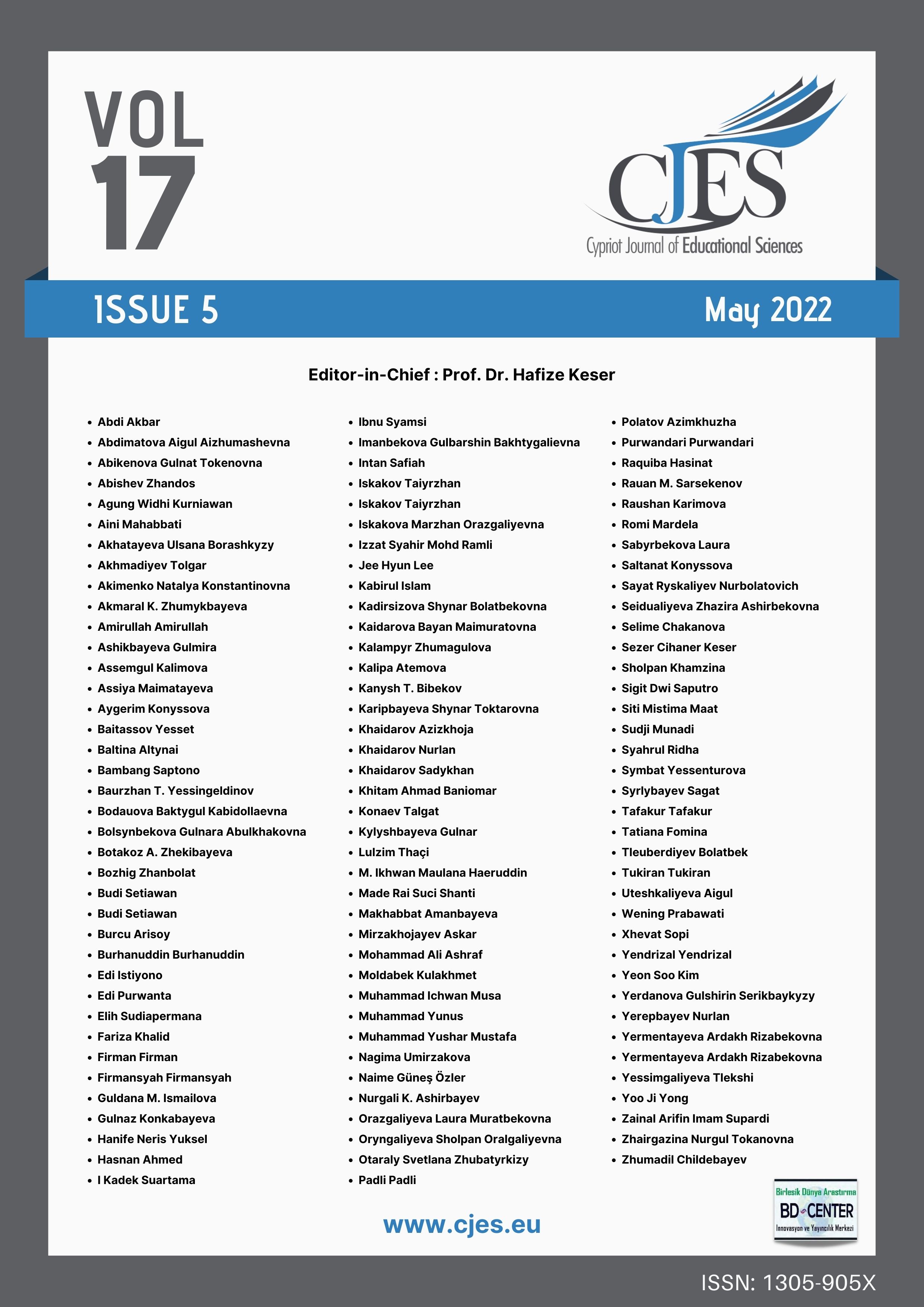Experience of CLIL in the natural science disciplines in Kazakhstan’s schools
Main Article Content
Abstract
Science, technology, engineering, and mathematics (STEM) subjects are taught in English through the use of the CLIL approach following trilingual education that has been implemented in several pilot schools since 2007. In the Kazakhstani background, however, the CLIL approach is still in its infancy, and little is known about the views of stakeholders that can be useful for understanding its current condition and for effective adoption. The present study aimed to explore the attitudes and perceptions of the students of the CLIL approach in one of the trilingual schools. The study used a mixed approach to the design of case studies and semi-structured interviews and questionnaires as tools for data collection. Nine teachers participated in one-on-one interviews and a total of 53 school teachers (39 women and 14 men aged 20-60) participated in the survey. The study showed that students are primarily positive about the CLIL approach.
Keywords: CLIL technology; English; integrated learning; natural sciences; teachers.
Downloads
Article Details

This work is licensed under a Creative Commons Attribution 4.0 International License.
Cypriot Journal of Educational Sciences is an Open Access Journal. The copyright holder is the author/s. Licensee Birlesik Dunya Yenilik Arastirma ve Yayincilik Merkezi, North Nicosia, Cyprus. All articles can be downloaded free of charge. Articles published in the Journal are Open-Access articles distributed under a CC-BY license [Attribution 4.0 International (CC BY 4.0)].
Birlesik Dunya Yenilik Arastirma ve Yayincilik Merkezi (BD-Center)is a gold open-access publisher. At the point of publication, all articles from our portfolio of journals are immediately and permanently accessible online free of charge. BD-Center articles are published under the CC-BY license [Attribution 4.0 International (CC BY 4.0)], which permits unrestricted use, distribution, and reproduction in any medium, provided the original authors and the source are credited.

